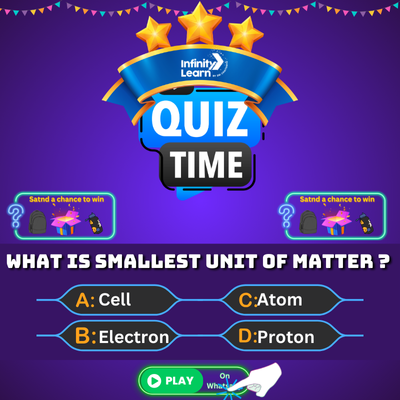Understand What is Mass and Matter ; Matter is anything that has mass and occupies space. It can be solid, […]
Uncategorized
Allylic Carbon – Meaning, Atomic Structure and Hydrocarbons
Allylic Carbon Allylic Carbon – Meaning: The carbon atom that is attached to three other carbon atoms is called an […]
Anthracene – Meaning, Reactions, Preparation and Uses
What is Anthracene? Anthracene – Meaning: Anthracene is a white crystalline solid with a characteristic coal-like odor. It is a […]
Tetrachloroethylene – Formula, Structure, Properties, Production and Uses
Chemical Formula of Tetrachloroethylene ; The chemical formula of tetrachloroethylene is C2Cl4. This compound is a colorless liquid with a […]
Antimony – Environmental Effects, Health Effects, Properties and Uses
What is Antimony? ; Environmental Effects of Antimony ; Health Effects of Antimony ; Biological and Physiological Significance ; Properties […]
Waste Water Story – Effects, Types and How to Control Water Pollution
What is Waste Water? ; Waste water is any water that has been used and is now not fit for […]
Uses of Rayon – Meaning, Properties, Sources, and FAQs
Uses of Rayon – Meaning, Properties, Sources, and FAQs Rayon Rayon is a synthetic fiber made from regenerated cellulose, derived […]
Barium – Properties, History and Discovery, Occurrence, Production and Uses
What is Barium? Barium – Properties: Barium is a chemical element with symbol Ba and atomic number 56. It is […]
Hexane – Definition, Properties, Structure, and Uses
What is Hexane? Hexane – Definition: Hexane is a hydrocarbon that is a colorless liquid with a faint petroleum odor. […]
Water Management – Detailed Explanation and FAQs
What do we Understand by Water Management? Water management refers to the process of planning, developing, organizing, implementing, regulating, and […]


